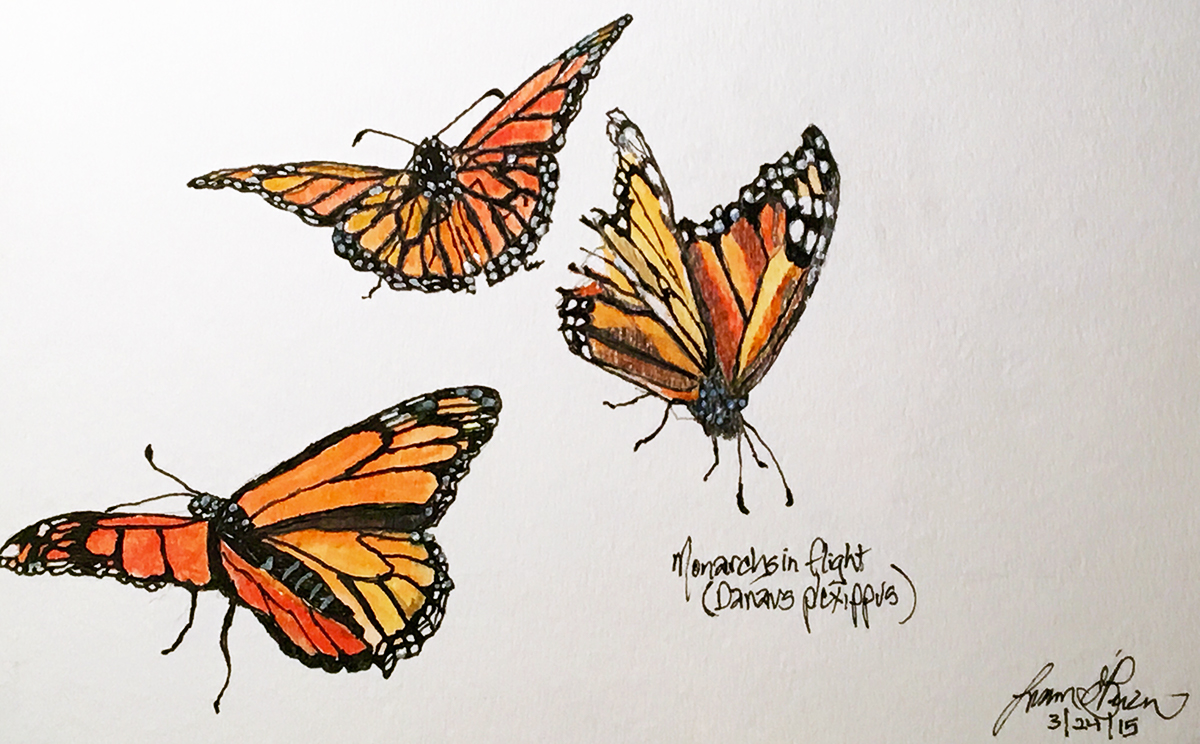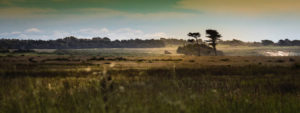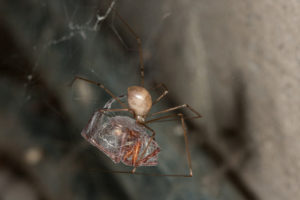Monarch butterflies seem to prefer roosting in eucalyptus trees (like the wintering butterflies at Ardenwood Farm and Pacific Grove). Do they actually prefer them as a roosting spot, and if so, why? – Beth S.
First off, points to you for using the word “prefer” instead of the anthropomorphic “like.”
Even better is “show a preference for” eucalyptus trees. Beth, it’s generally believed that it comes down to their legs — long and the perfect length to hold onto the sickle-shaped eucalyptus leaf.
Researchers have concluded that Monterey pines and cypresses were probably the monarchs’ original roost trees here in California. Other native conifers as well. (I once witnessed a handful sleeping up in a palm tree! ) But if this celebrated butterfly has shown us anything, it’s that it’s got a magnificent ability to adapt. Back when blue gum (Eucalyptus globulus) flooded California and was planted as an ill-conceived lumber commodity, many of our pines had been milled away, left only in patchwork portions of the state. The butterfly made a remarkable shift then to the towering, Australian non-native.
But it’s not just the tree, it’s also the topographic lay of the eucalyptus, usually in a bowl, with a north-facing aspect. Next time you are in the Natural Bridges grove in Santa Cruz, or exploring the Rob Hill/Presidio eucalyptus clusters, note the configuration and the lay of the trees around you. All butterflies seem to put a great deal of effort in to avoid wind. (I’ve got to stop saying, “abhor” on my walks…) They thermoregulate through the day, dropping away from their overnight beds, searching for nectar food or basking on another leaf or bush at the mid-canopy. It’s hard to bask if the trees are exposed to the wind.
I’ve been monitoring roosts in San Francisco County for over a decade during the Western Monarch Thanksgiving Count and one of the sites, the Fort Mason/Youth Hostel Grove, was opened up by some severe tree-pruning and removal a few years back. I’ve never seen the clusters there like I had once — now it’s too exposed. The monarchs moved on.
I’ve learned through the years from Mia Monroe, the Bay Area Xerces Society liaison, that many roosts have absolutely no conservation protection. Obviously ones on private property are managed at the discretion of the land owner. A glorious roost out on Treasure Island that had monster trees inadvertently planted decades back in a perfect bowl-shaped aspect is now gone to development. The monarchs moved on.
Which finally, I hope, paints the picture I’ve been intending: this is a highly resistant, opportunistic creature that has shown some remarkable abilities to adapt. People get nervous when I throw out that I think if all the eucalyptus disappeared tomorrow (a tree that needs severe management), the monarch would find some other trees. We project a great deal of vulnerability on this insect. Why? Because it’s big and pretty and hits us emotionally … like pandas.
But the reverse is true as well: if the misguided eucalyptus bonanza of the turn of the twentieth century had not occurred, we as Californians may never have had such a front-row seat to this annual, eye-level phenomenon.

Ask the Naturalist is a reader-funded bimonthly column with the California Center for Natural History that answers your questions about the natural world of the San Francisco Bay Area. Have a question for the naturalist? Fill out our question form or email us at atn at baynature.org!





